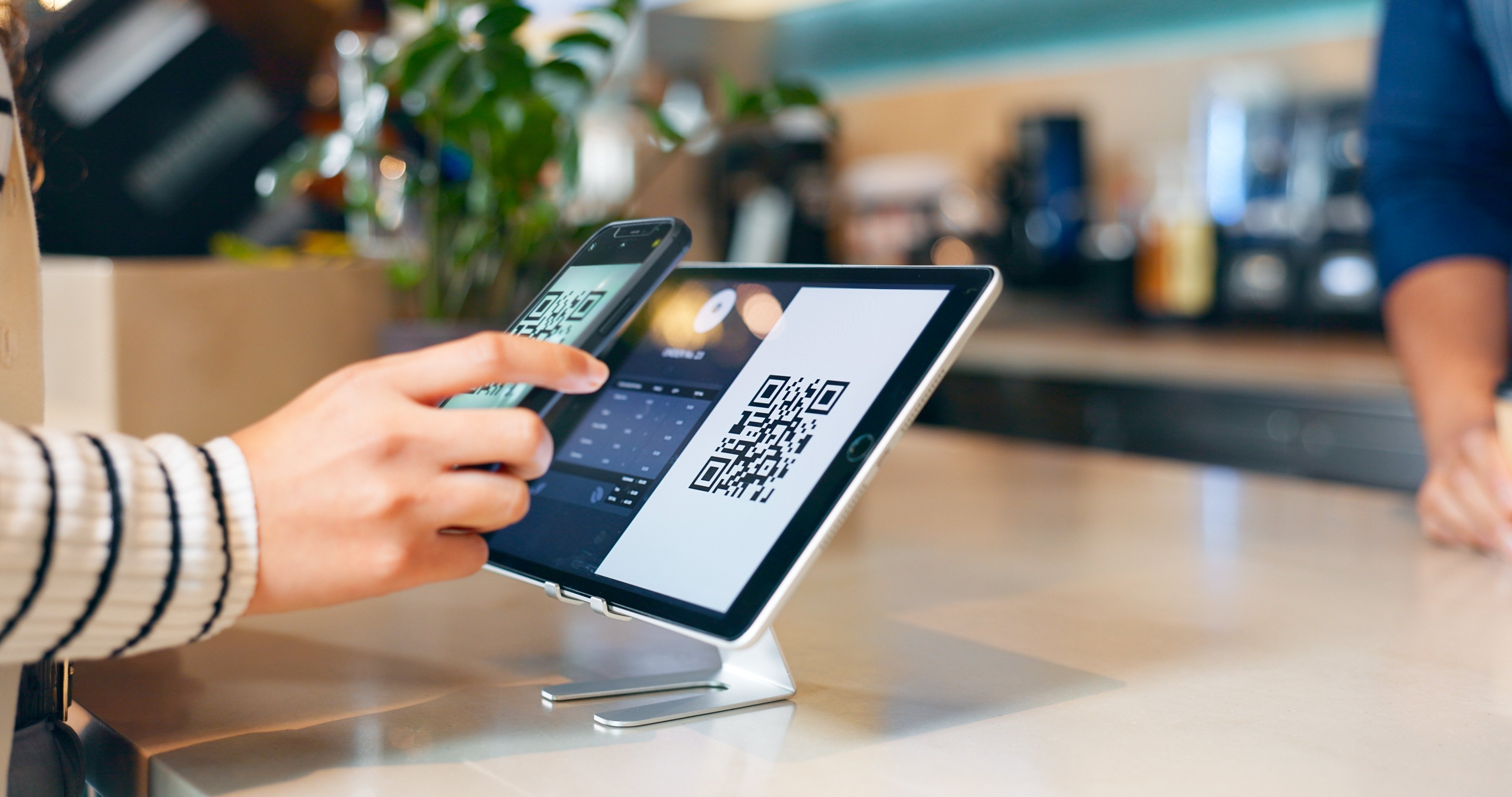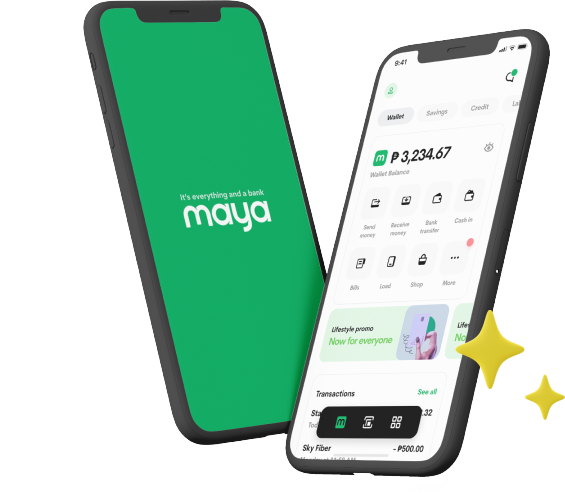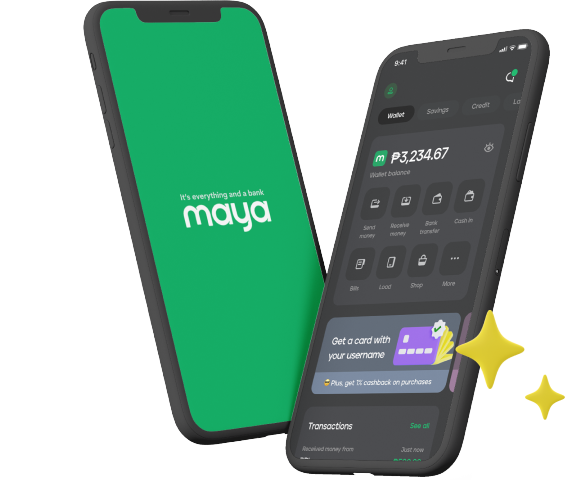
Purchasing items and paying your bills online has become more convenient than ever before. With just a few clicks or taps on your smartphone, you can complete transactions from anywhere at any time. However, this convenience also opens the door to various online threats that can compromise your financial security. One such threat is fake payment requests.
These fraudulent schemes are common tactics scammers use to steal your banking information and gain access to your money. In many cases, people who fall victim to these scams only realize they've been duped when the damage has already been done. As such, it’s crucial to stay cautious when conducting financial transactions online.
Typical Signs of a Fake Payment Request
The best way to protect yourself from falling victim to fake payment requests is to familiarize yourself with the common signs of fraud. When you’re aware of these red flags, you can take the necessary steps to safeguard your finances and avoid being deceived. Here are some key indicators to watch out for so that you can spot them early and steer clear of potential scams:
Unfamiliar or Suspicious Sender
One of the most common signs of a fake payment request is that it comes from an unfamiliar or suspicious sender. Scammers often disguise their identity by using fake email addresses that may look like they’re coming from a trusted entity, like a bank or a respected business, to appear legitimate. Look closely enough, however, and you’ll find that the email addresses are just a tad different from the ones officially used by the organizations they purport to be from. Although these discrepancies are subtle, spotting them is key to preventing yourself from becoming a victim to fraud. Typical indicators include misspellings, extra characters in the username, and unusual domain extensions. For example, a message that seems to be from a trusted company may actually come from an address like "billing@payrnents.com" instead of "billing@payments.com."
Suspicious Links or Attachments in the Message
Another red flag to watch for is the presence of suspicious links or attachments in the message. These are often designed to lure you into clicking and unknowingly downloading malware. Some even lead you to fake websites that are made to look like legitimate portals, tricking you into entering sensitive information like your account credentials or payment details.
A legitimate payment request won’t pressure you into clicking unknown likes or opening unexpected attachments. It’ll also direct you to a secure, well-known platform or app; not an unfamiliar site with a long, confusing URL. When making payments through Maya—the #1 digital bank app in the Philippines—for instance, you can rest assured that transactions are processed through a verified, secure channel that protects your data at every step. As one of the six BSP-licensed digital banks in the Philippines, we ensure your online payments remain safe and legitimate. So, if you’ve ever asked yourself, “Is Maya safe?” The answer is yes, as security and trust are at the core of everything we do.
Request for Confidential Information
A request that includes a demand for your full bank account number, password, PIN, or one-time passwords (OTPs) should immediately raise concern. Scammers often frame these requests as urgent security verifications, account updates, or even refund processes, hoping to catch you off guard. Keep in mind that trusted service providers and financial institutions, like Maya, have secure systems in place and will never ask for confidential information through email, text, or social media.
Tips to Avoid Falling Victim to These Scams
Now that you know how to identify the signs of fake payment requests, you can take the necessary precautions to protect yourself from these scams. That said, should you encounter a fraudulent message, here are some things you can do to stay safe:
Verify the Source
The first step in avoiding falling victim to fraudulent payment requests is to always verify the source of the message. As mentioned earlier, scammers often disguise themselves as trusted entities—whether it’s a bank, an online retailer, or even a colleague.
Thus, before taking any action, examine the sender's email address, phone number, or any other identifying information. Doing this helps you catch inconsistencies or red flags that might go unnoticed, like slight misspellings in the sender’s name or strange-looking domain names. If the contact information looks suspicious, or if the message seems to have come from an unfamiliar or unexpected source, do not engage with the request. Instead, independently reach out to the organization through their official contact details to verify the message's authenticity.
Report Suspicious Activity Pronto
Once you've identified a suspicious payment request, the next thing to do is report it immediately. Reporting fraudulent activity not only helps protect you but also protects others from being victimized by similar scams. Most financial institutions have dedicated channels for reporting suspicious activities. The sooner you report the scam, the quicker the proper actions can be taken. If you receive a suspicious payment request from someone pretending to be a Maya agent, click here so that you can immediately reach out through any of our customer support channels.
Use Banking Services That Have Robust Security Features
You might also like
These Stories on Maya
4 min read
Oct 20, 2025 8:00:00 AM |
4 min read
Oct 17, 2025 8:00:01 AM |
4 min read
Oct 15, 2025 8:00:00 AM |




